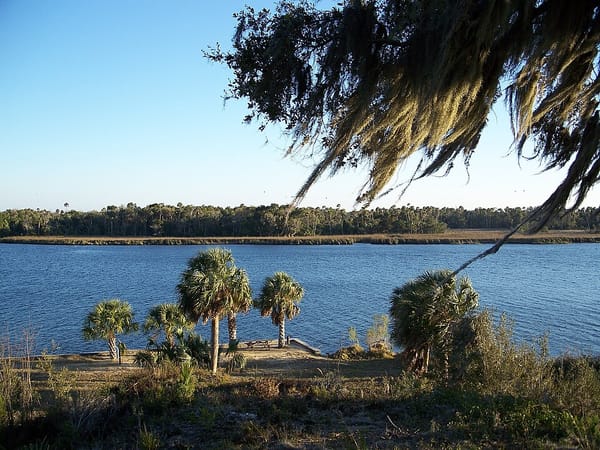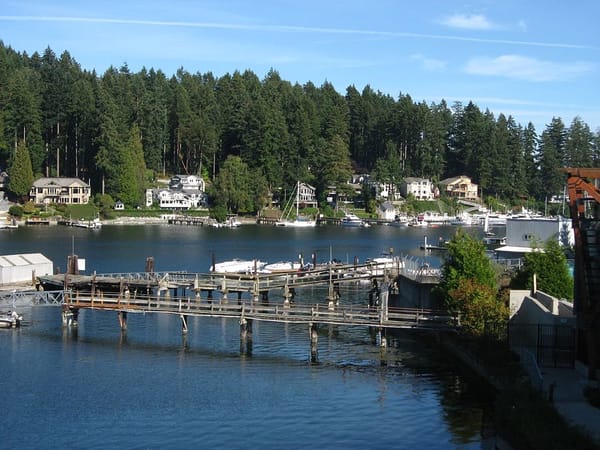Keep Your Boat Afloat: How to Avoid Running Aground
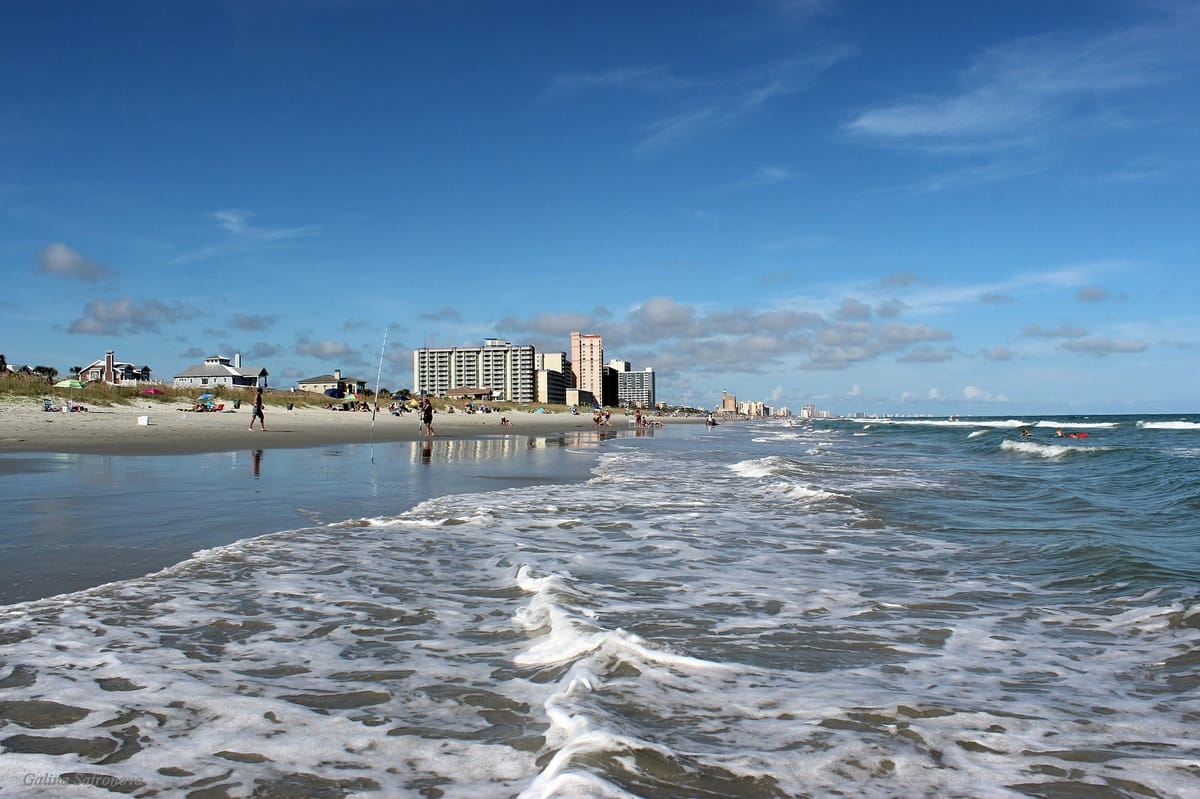
Whether it’s from embarrassment, having to call for a tow or realizing the dollars involved with repair work, there are few things that make a boater cringe more than running aground. When you head out from your private boat dock rental for a day of fun on the water, you certainly don’t want to deal with the stress of running aground (or any other marine misfortune, for that matter).
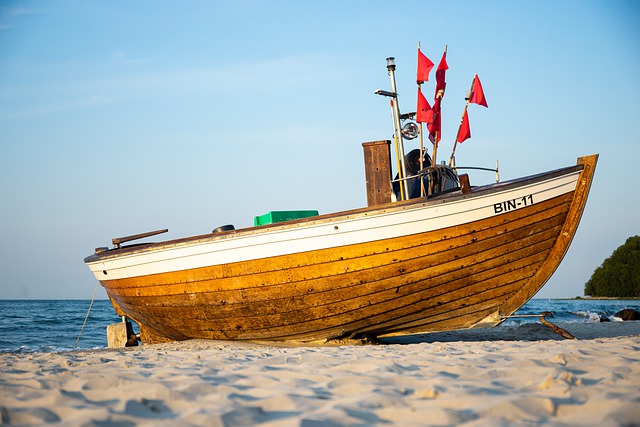
Photo: Pixabay
Soft sandy bottoms might not cause too much damage (embarrassment maybe, but not damage), but rocks, high shoals and areas with seagrass, tree roots, stumps and other unknown elements can be very hazardous to the hull or prop of your boat (and the passengers on board). If you’re boating in shallow or unfamiliar waterways, there are things you can do to prevent the unfortunate dilemma of running aground. Let’s discuss.
Stay Alert
Be aware of things like channels, channel markers and nearby shoals/sandbars. If you’re boating in the Florida Keys, waterways can go from very deep to very shallow very quickly. You’ll want to be especially vigilant in the flats and backcountry regions where the water is super shallow (sometimes only inches deep). This area is popular for catching fish like tarpon, bonefish and permit, but it’s easy to run aground if you aren’t careful.
Other Boats
Note the location of other boats. Obviously, not every boat is designed the same (some boats are able to navigate very shallow water quite well), but noticing where others are can help you with gauging which areas it’s safe to navigate in. If you’re cruising around the local lake and every boat is avoiding one area in the cove, you may want to figure out why before heading in that direction.
Specific Stats
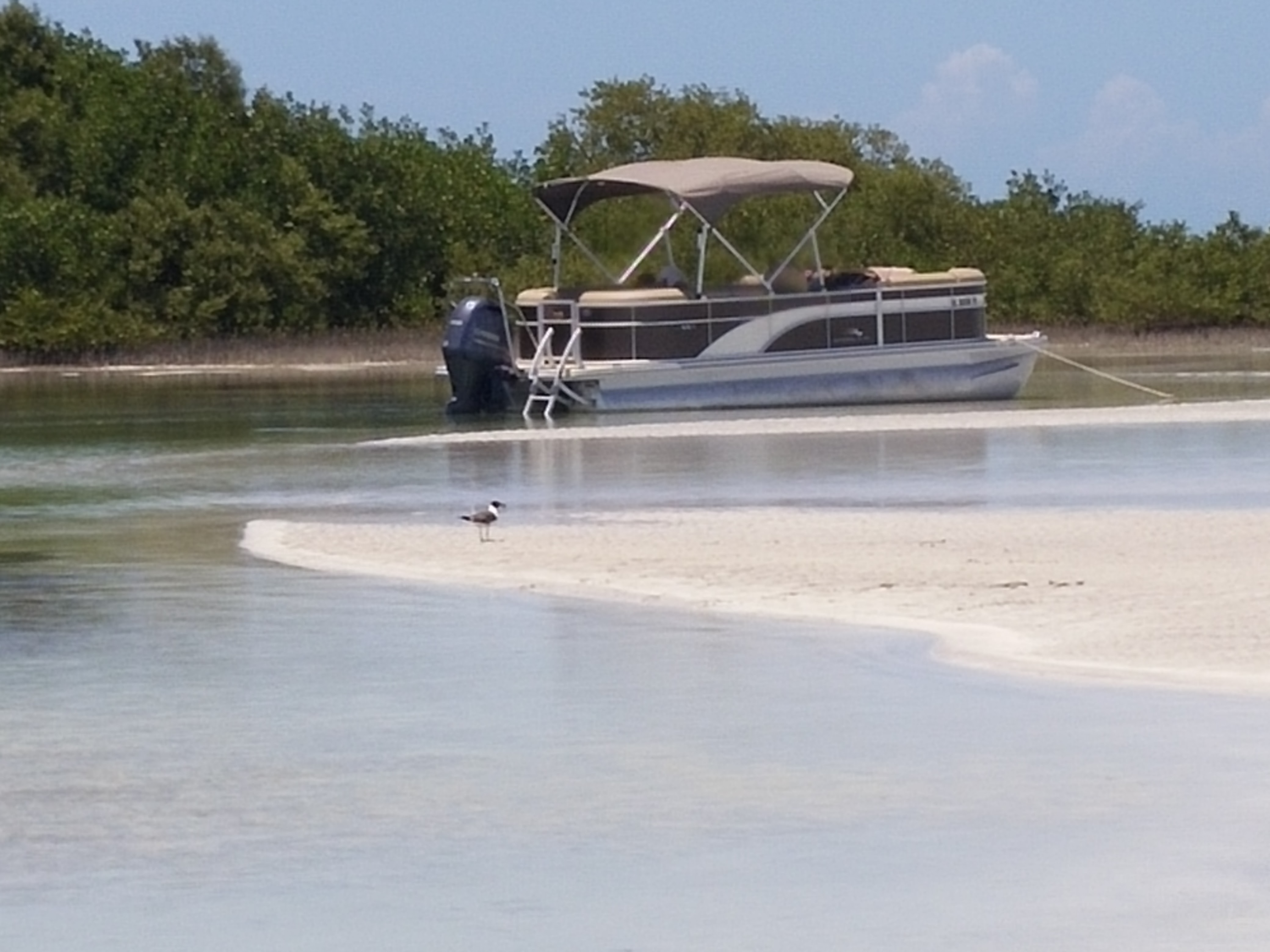
Photo: Sandy Allen
With the above in mind, it’s imperative to know your specific boat’s capabilities: stopping distance, maneuverability and draft. Draft is the minimum amount of water a boat needs to float without touching the bottom. I once owned a Penn Yan, which has a tunnel drive and a very shallow draft. We were headed into water mere inches deep when another boat (with a much deeper draft, mind you) tried to follow. We quickly signaled to let them know they were about to run aground. This is a prime example of when to not follow the crowd. Pontoon boats are also great for their shallow drafts. Note that draft doesn’t include the outboard and prop, so you’ll want to take that into consideration as well.
Slow and Sure
If you’re unsure of water depth, it’s always best to take it slow. This reduces your chances of severe damage if you do hit bottom, and it reduces the stopping distance when coming up on shallow areas. Getting back to your private boat dock for rent a few minutes late is a small price to pay for not running aground.
Technology
Download some marine navigation apps with up-to-date charts before you head out from your boat lift rental. Some apps have crowd-sourced information from other boaters who’ve traversed the same waterways you may be in. This is essential information (but do keep in mind that tides change, so what was accurate last month may have shifted by the time you’re in the area).
Tide Charts
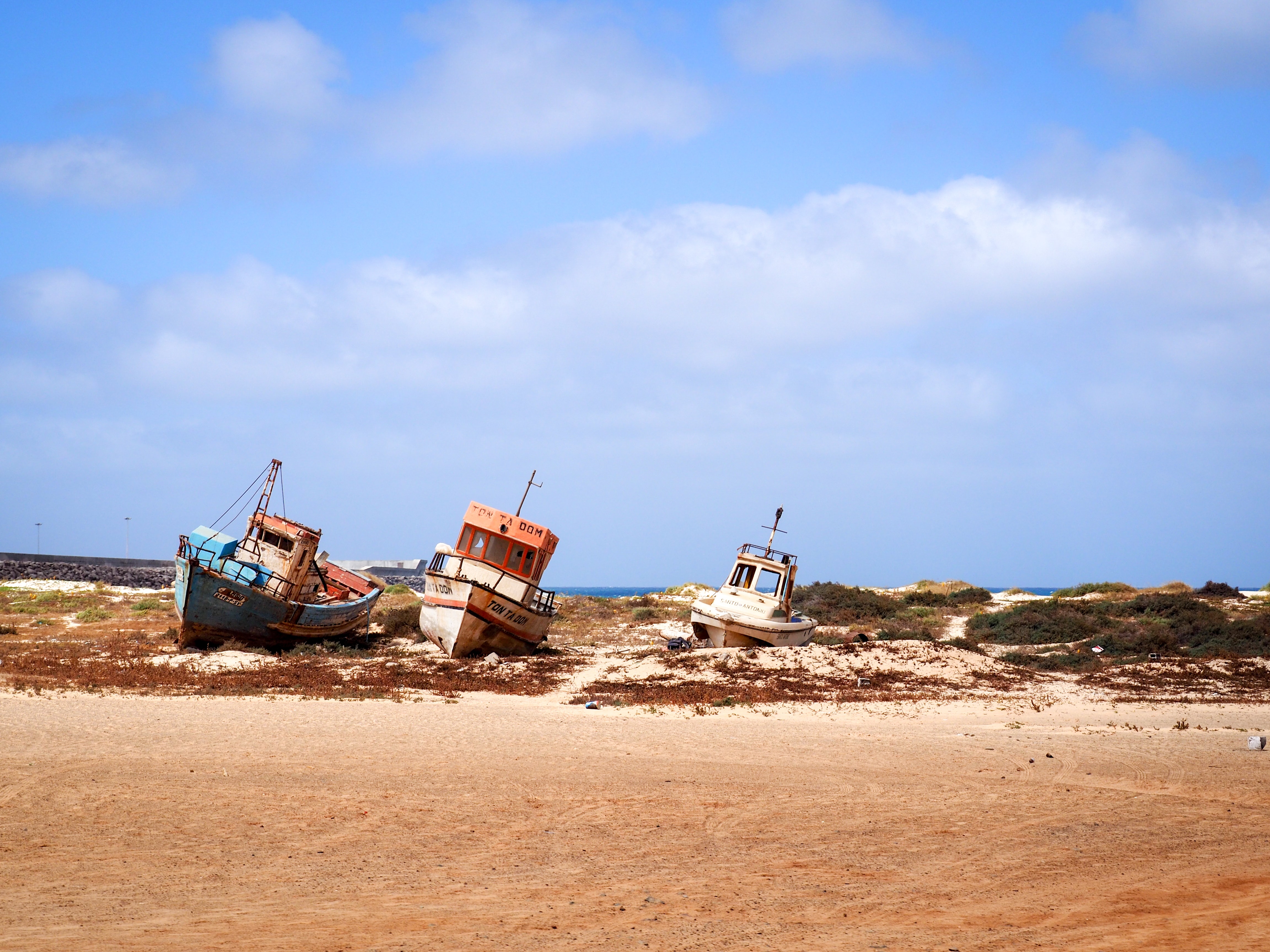
Photo: Rodolphe Heraud (via Unsplash)
It’s always good to check the tides before boating in unfamiliar areas, but again, know that information can change due to weather and wind (Mother Nature is funny like that). Charts and chart plotters have updates on channels, markers, shoals and obstructions.
Keep a Lookout
The level of visibility above and through the water can indicate its depth. Deeper water is going to be darker in color, while lighter turquoise water will be shallower. Watch for color changes as well as buoys or markers that could indicate shallow water. Enlist the help of an eagle-eyed offspring or fishing buddy to be the lookout.
Quick Tips to Prevent Running Aground
- Stay at a safe (slow) speed.
- Use depth finders and fish finders.
- Improve your boating skills by taking a Coast Guard-approved boating class.
What to do if you Run Aground
If you do happen to run aground (it’s happened to the best of us), there are a few things you can try before calling for a tow. BoatUS and SeaTow are both worth the membership if you’re ever in need of a tow. SeaTow even offers boat towing assistance through AAA.
- Turn off the engine and check passengers for injuries.
- Check the hull and outboard/prop for cracks, leaks, gas leaks and other damage. If there is damage, radio for assistance. Do not try to keep going.
If there’s no damage, you can try a couple of methods.
- Lighten the load: Pump out bilges and dump water tank. This may help give it some lift to float off the ground.
- Push off: Turn off the engine and lift up the outboard, put weight on the side that’s not grounded and use an oar or long pole to push off the bottom.
- Reverse off: Tilt up outboard slightly, shift weight away from where it’s grounded and put the engine in reverse slowly
- Kedge anchor: Place the anchor in deeper water (either with a dingy or by walking it out if you can) and slowly haul it in. The anchor helps to stabilize the boat and keeps it from getting pushed further onto shore.
If all else fails, you may have to just hang out until the tide changes and you’re able to float off. If you’re really grounded and it’s obvious you’re not going to just float off, you’ll need that boat tow service. According to the Coast Guard, grounding is one of the most common boating accidents in the U.S. So, know you’re not alone if it happens to you. Hopefully, we’ve provided some tips to help you stay afloat and make it back to your private boat slip rental relaxed and stress-free.


